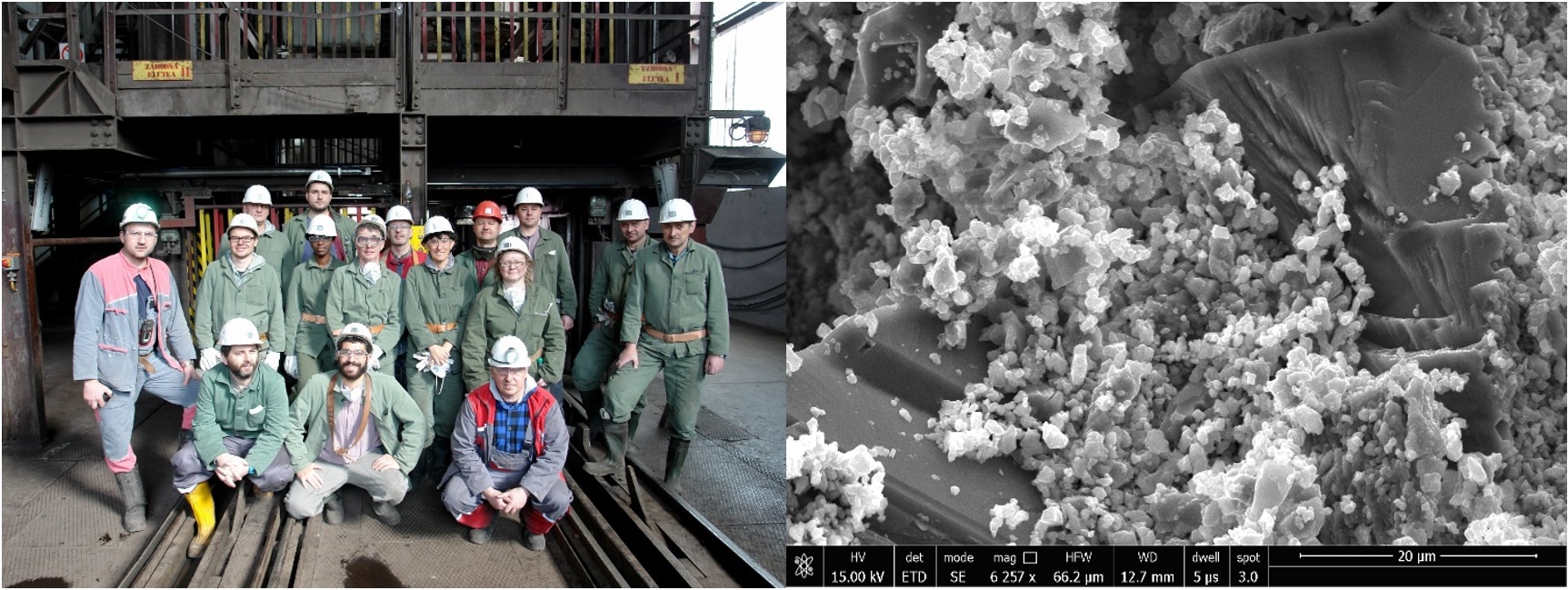- Homepage
- Key Information
- Students
- Staff
- PGR
- Health and Safety
- Computer Support
- National Student Survey (NSS)
- Intranet Help
Prof Ben Williamson
...Coal dust
Reducing risks from Occupational exposure to Coal Dust (ROCD) (EC - RFCS: #754205)
Project duration: 07/2017 – 06/2020
Despite international efforts to limit worker exposure, coal mine dusts continue to impact the health of thousands of miners across Europe. Modern, practicable assessment tools and devices are urgently needed to improve risk models, control dusts and protect workers, particularly from the fine fraction (PM2.5) which is increasingly implicated in human disease. These issues will be addressed through 5 integrated work packages (WPs) by a world-leading interdisciplinary consortium of 10 institutions from UK, Poland, Slovenia, Germany and Spain. Global dissemination of developed protocols and training modules, and improved monitoring and suppression devices will reduce incidences of coal mining-related disease.This study addresses three critical issues relating to dusts in underground mine workings:
- The urgent need to develop ATEX certifiable, well calibrated continuous dust concentration monitoring systems, quantitative physicochemical assessment protocols for coal mine dusts, including PM2.5, and predictive tools to assess dust hazards in different coal mines and mining scenarios. The predictive tools will improve risk management and targeting of mitigation measures;
- The need for more efficient ATEX certifiable dust suppression systems, with reduced energy and water consumption, to increase operational efficiency and reduce the risk of costly and potentially hazardous over-wetting or flooding of underground mine workings.
- Whether suppression technologies and RPE adequately mitigate PM2.5.

Left: ROCD team at Velenje Mine, Slovenia; Right: SEM photomicrograph of coal/rock dust mixture from the Velenje Mine (field of view ~60 microns).
